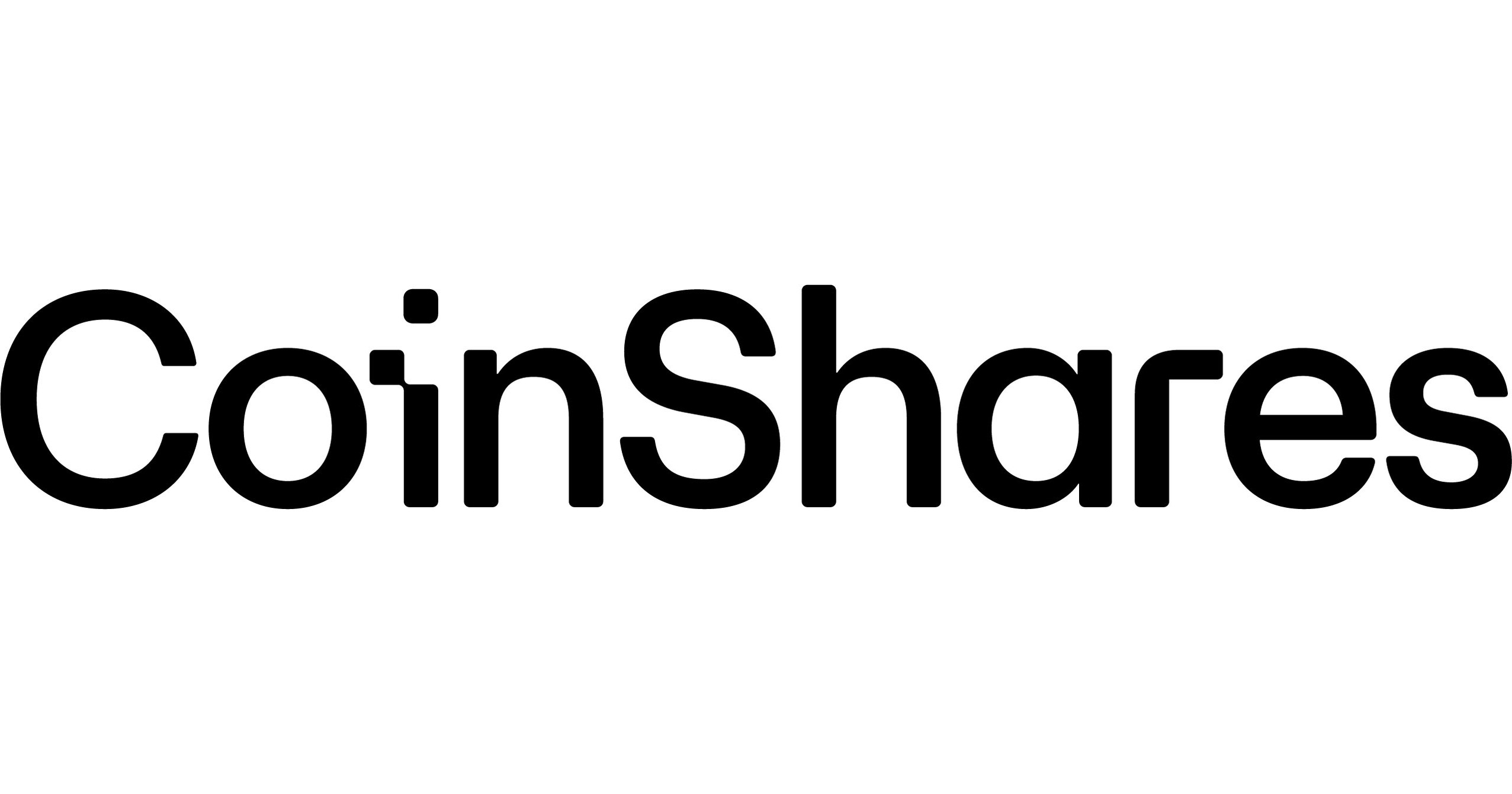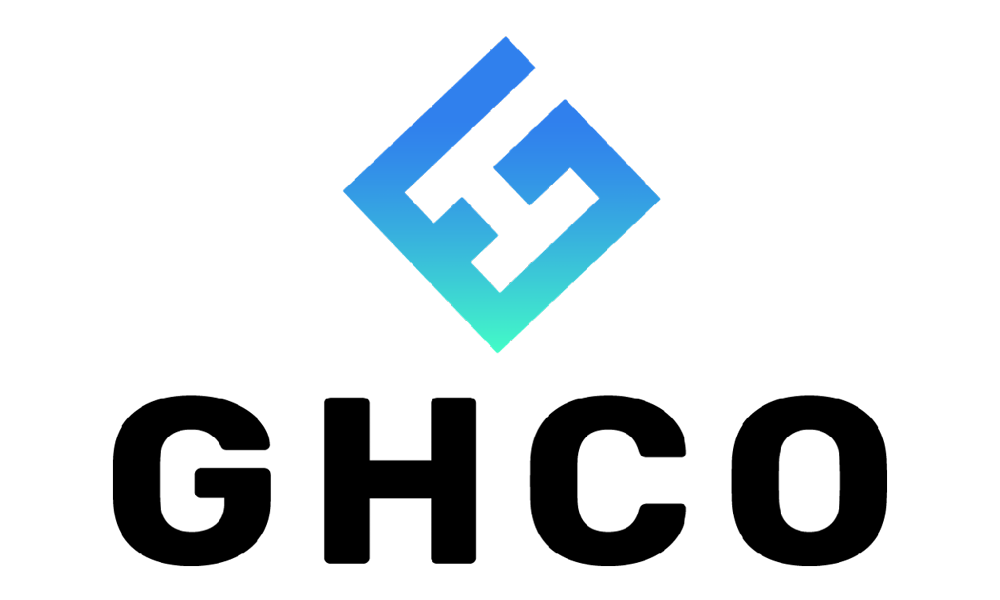The past 12 months marked a breakthrough year for the crypto exchange-traded product (ETP) market which hit numerous milestones and broke some records along the way.
Over the year the market grew by nearly 40%, with the total number of crypto ETPs growing from 95 to 132 while inflows totalled $9.3bn taking assets under management (AUM) to $62.5bn, according to data from CoinShares.
It was also a year of firsts, with the total number of coins within investment products growing from nine to 15 as several niche coin ETPs were launched. Conversely, it was also the year when more major players such as Invesco came to market with the launch of the Invesco Physical Bitcoin ETP (BTIC).

Source: CoinShares, Bloomberg
Among the records, the market has also highlighted why some still treat it with severe scepticism in recent weeks. Performance has been volatile, with major coins such as bitcoin and ethereum down 36% and 31% from their all-time highs in November, respectively.
As a result, digital asset investment products recorded four straight weeks of outflows totalling $465m.
Roxane Sanguinetti, head of strategy at GHCO, said volatility seen over the past month is still a barrier to entry for larger institutional investors and continues to be the preserve of private banks, hedge funds and family offices, but added this year could be a turning point.
“Pension funds cannot look at crypto because the volatility is still a problem,” she continued. “Where that will change is with the development of actual use cases for the coins and technology that will support the next bull market in crypto. We have exhausted the forward-looking hope that you have on the technology itself.”
So, what could happen this year to stem the volatility and broaden the investor base of digital assets?
A breakthrough year for pension funds?
While pension fund adoption of cryptocurrencies has so far been at a glacial rate, the fact it is being picked up at all shows the interest is there, and Sanguinetti predicted this will grow with the more use cases that are established.
Developments in several areas, such as NFTs, gaming and the metaverse, will prove the use case of digital assets and reduce the volatility of digital currencies as they start to act more like commodities, she said.
“It is the reason ethereum outperformed last year because it has an actual use case in the NFT market and the NFT craze is still going on,” she said.
“There is also a lot happening around gaming such as playing to earn. Platforms are growing where you can earn revenues from playing the games, now imagine that in a mainstream business such as EA. There is a regulatory burden behind that, but it is a way that we can see it going.”
She added should they act more like commodities, where the price is anchored to the demand of the use case, it will be able to grow as its own asset class.
Wider adoption is also a top priority for issuers too. One of the largest cryptocurrency issuers, 21Shares, said it has developed an “extensive” pipeline of products aimed at institutional investors, subject to regulatory approval.
Jacob Hetzel, head of distribution at Scalable Capital, who is speaking at ETF Stream’s Crypto 2025 event, is reluctant to compare the burgeoning asset class to others, however, does see demand starting to come through from different investors.
“Demand is coming from different investors for those kinds of products. You can start to see institutional investors picking up on this while professional clients already allocate into crypto using ETPs.”
He added investor sentiment towards the asset class is likely to change over time from something they think will be able to quadruple their returns to a genuine diversifying tool akin to digital gold that offers protection against inflation, for example.
“It is becoming a more elaborate asset class and I think that is a good thing. It will diversify a portfolio offering an alternative source of return compared to equity markets.”
Hungry for innovation
While for now, the major ETF issuers are keeping their powder dry, new issuers coming to the market see the asset class as an entry point with a keen appetite to innovate.
“We are seeing a lot of new issuers coming to market,” Sanguinetti said. “I want to say 90% of discussions that we have with new issuers are crypto-related.”
“They all want to do something more innovative. We talk about reaching new markets, new exchanges, but there are also discussions around smarter indices. How do we diversify within the top coins? Can we look at pairing coins with traditional assets to give portfolio diversification?”
Fuelling this innovation is the need for more technology and talent, an area which 21Shares is looking to invest in heavily over 2022.
The firm said it is investing in its issuance platform Oynx as well as its sister company Amun Tokens, which creates Defi index products, while planning to recruit top talents such as engineers, product and research distribution, doubling its employees to between 200-250.
A maturing ecosystem
While the growth in ETPs and AUM has been huge over the past couple of years, there is work still to be done on the ecosystem which is anticipated to be a longer-term development in the space.
ETP regulation means there are significant capital constraints for market makers in the European crypto space meaning the field is not as competitive as it could be. This, in turn, means issuers are often held captive to some liquidity providers that are not inclined to tighten spreads to maximise profits.
Sanguinetti, who works for market-maker GHCO, would welcome a more competitive landscape.
“The more players you have in the market, not just market makers but also investors, can only be beneficial for that market. It will become a lot more frictionless and flow a lot more efficiently,” she said.
“We are happy with the growth of the market but more visibility in terms of regulation is always better and something that we would hope for. We like the fact that it makes it accessible to all types of investors.”
Related articles








